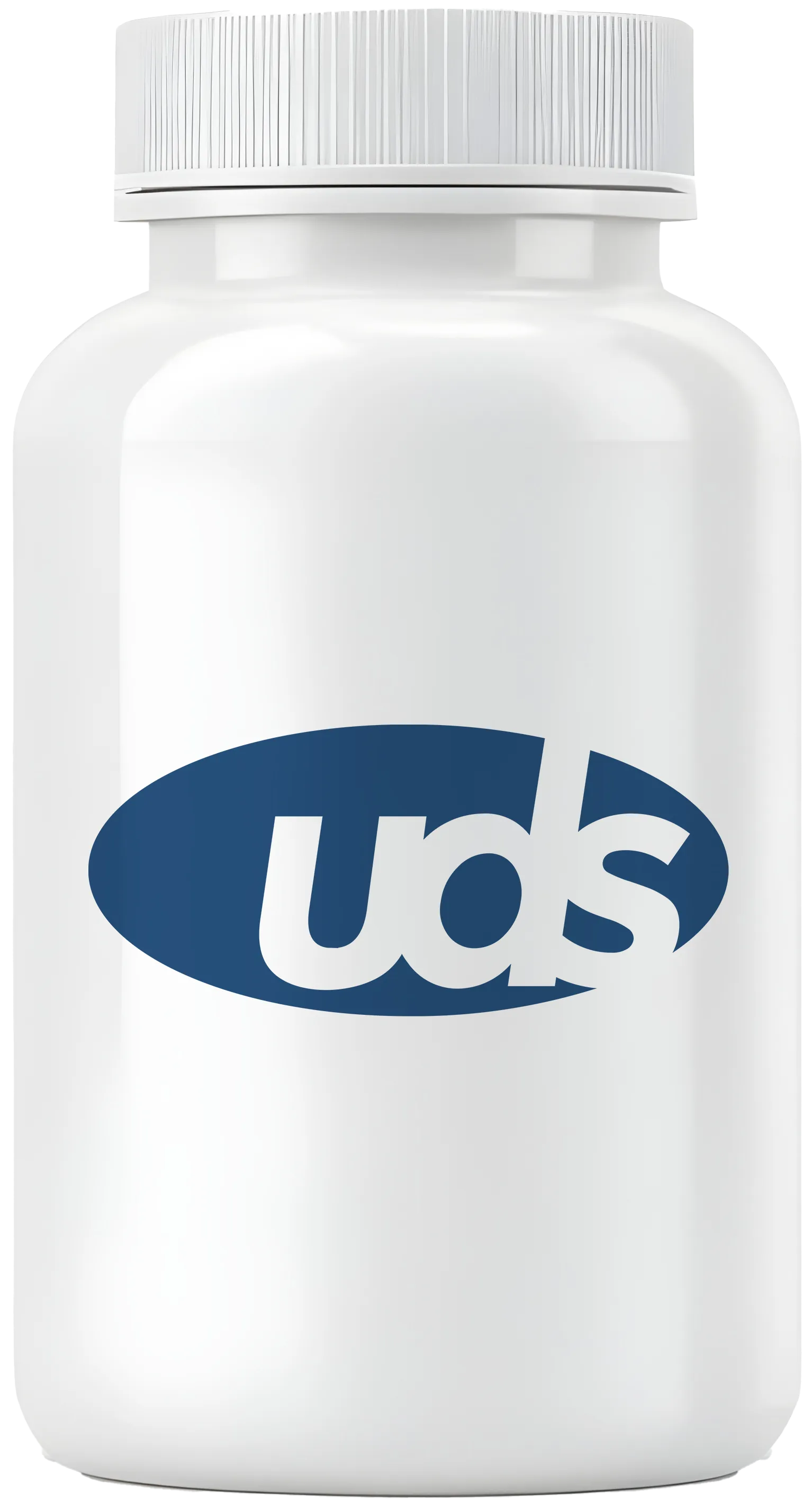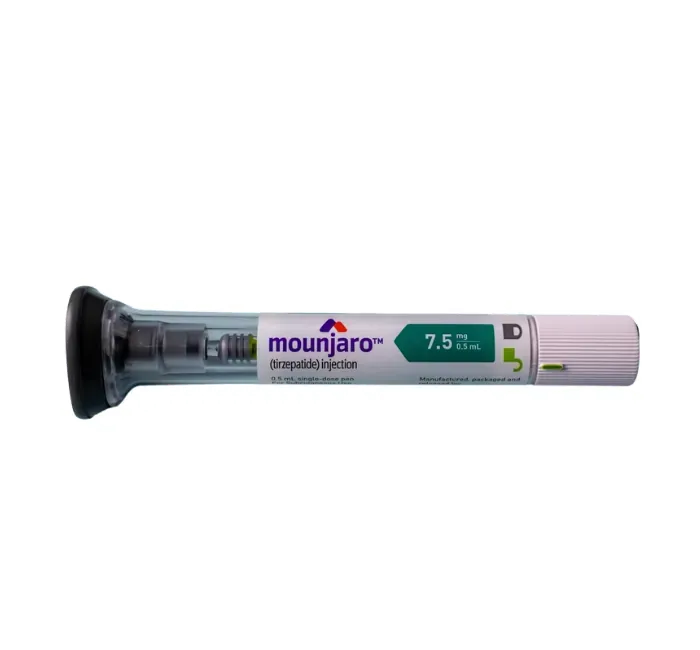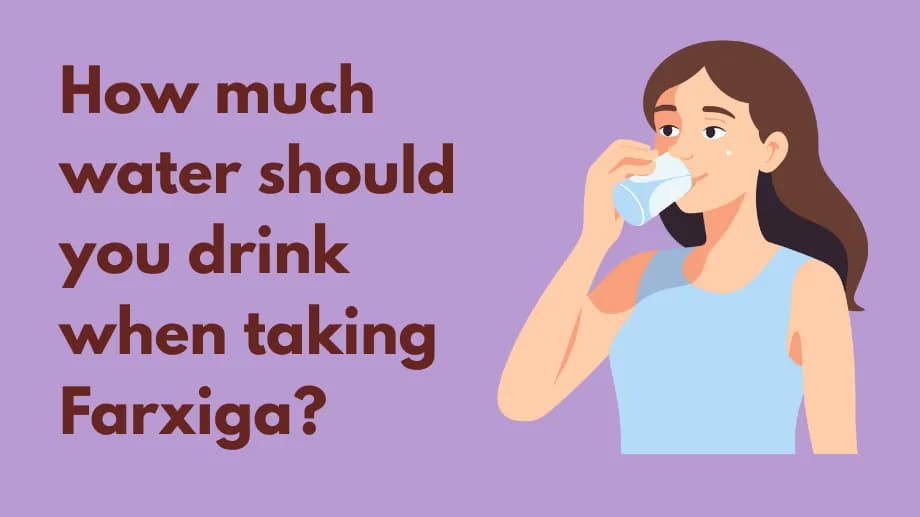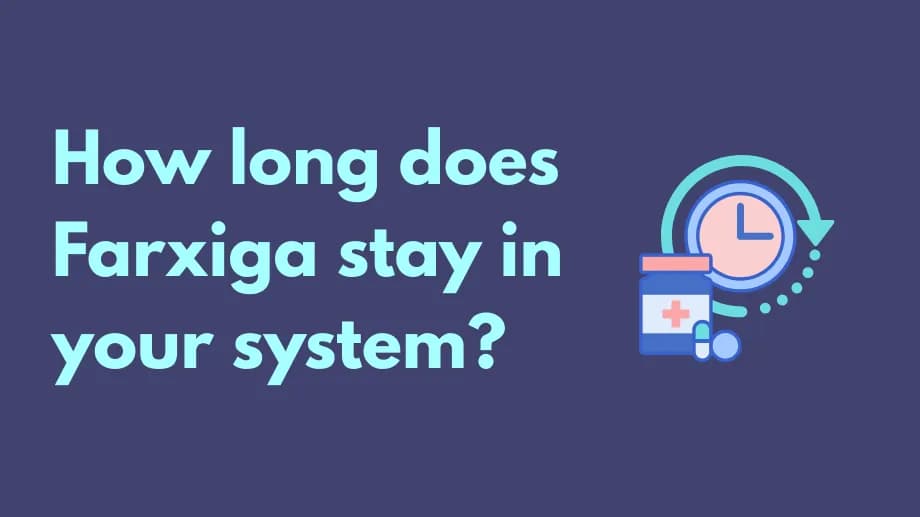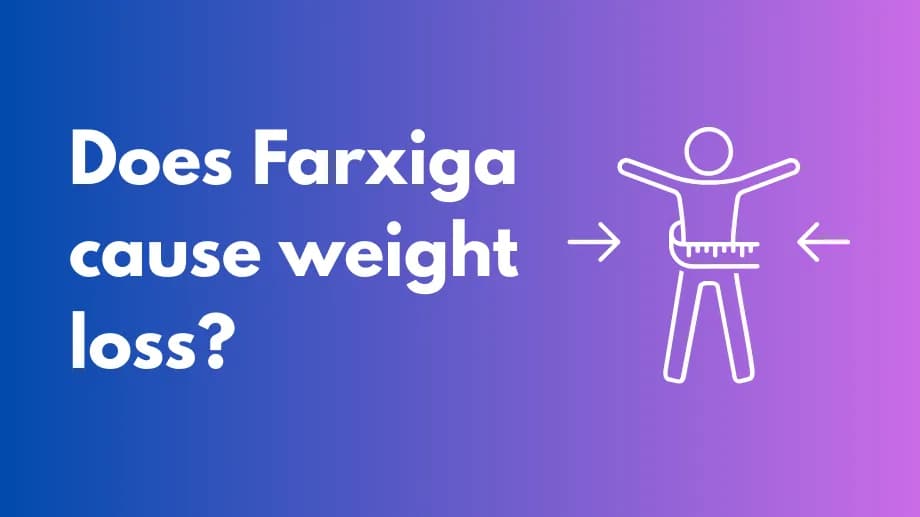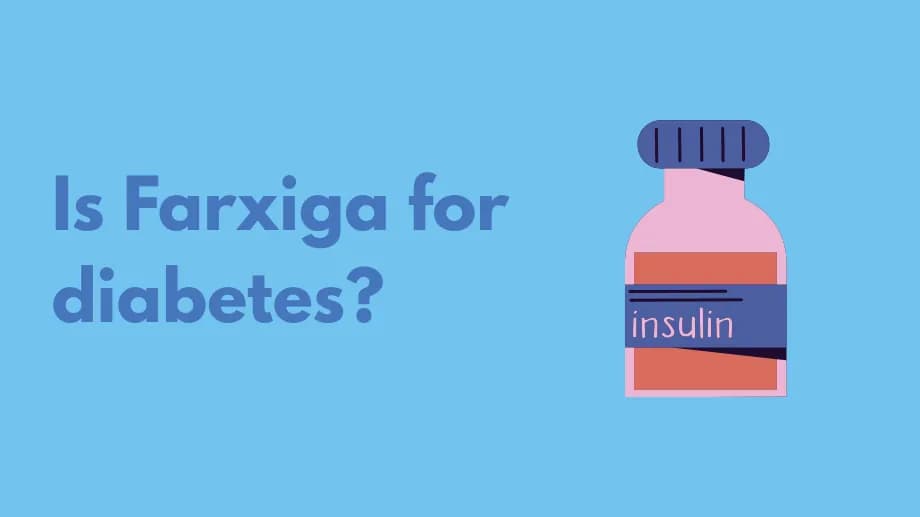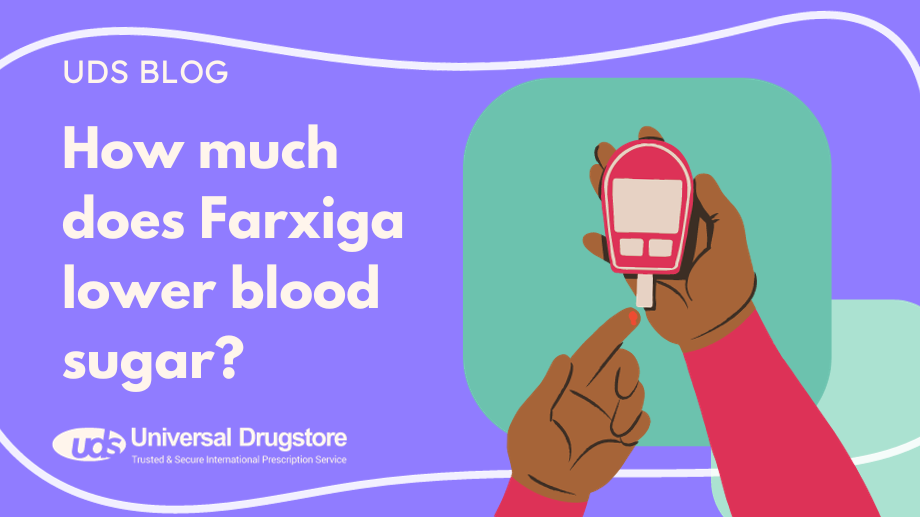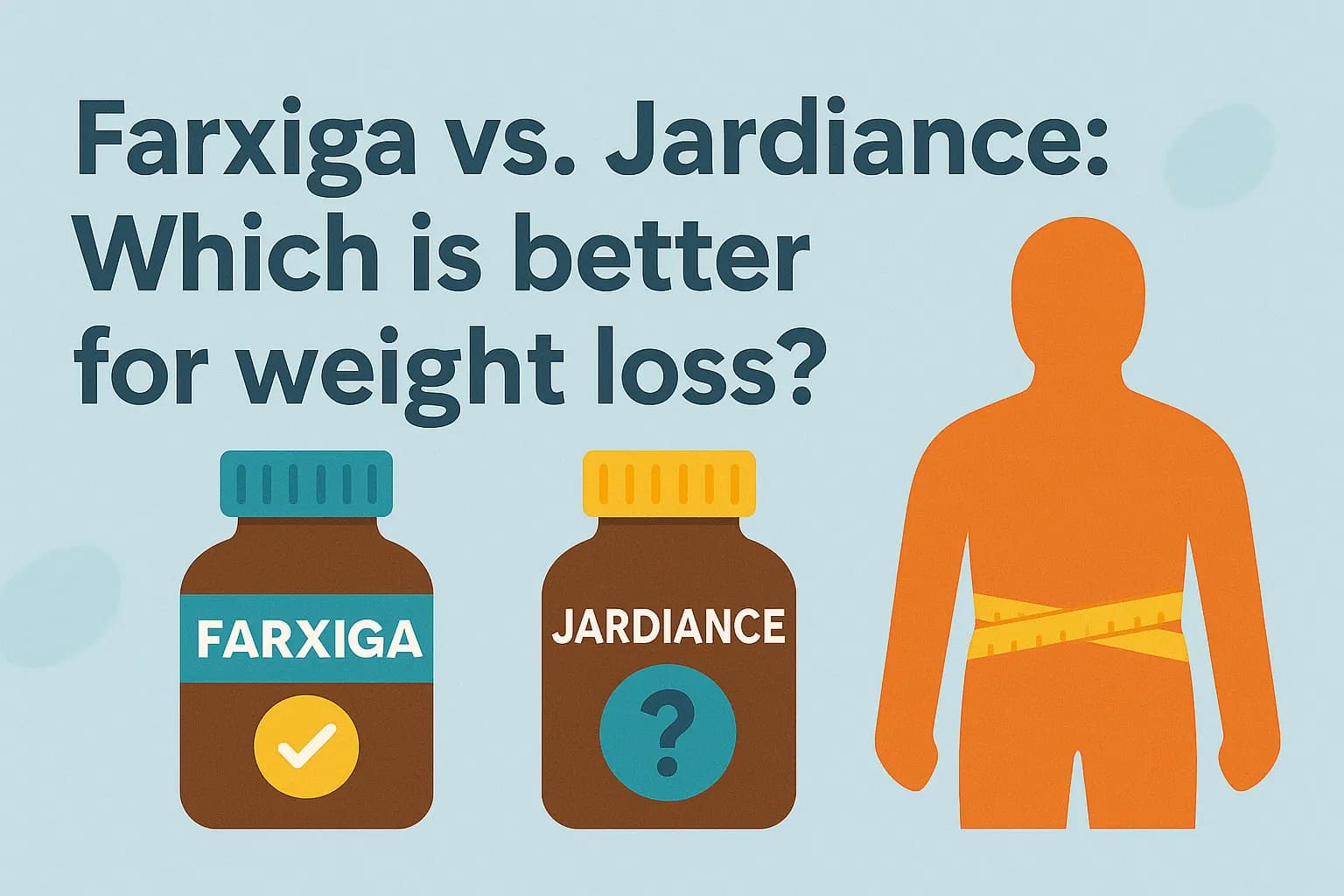How much does Farxiga lower blood sugar?
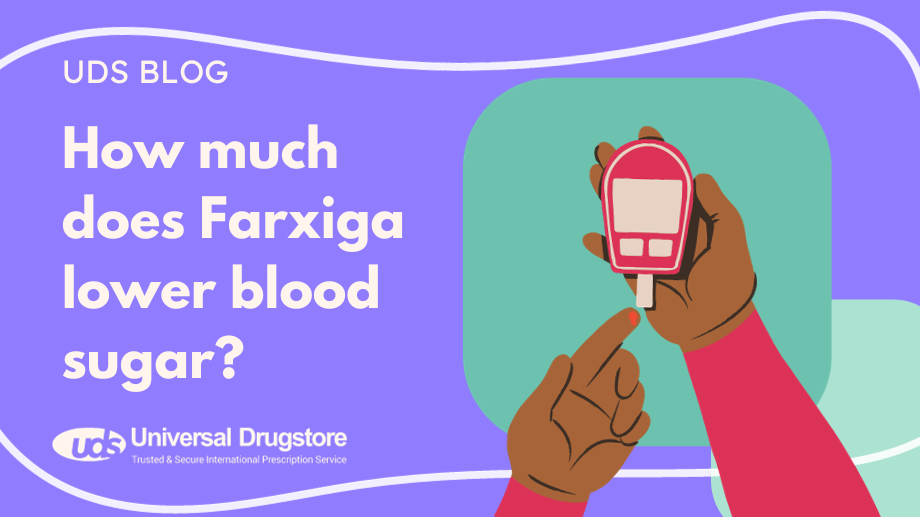
Untreated hyperglycemia (high blood sugar) in type 2 diabetes mellitus (T2DM) can lead to severe complications including permanent damage to your eyes, heart, nerves, blood vessels, and kidneys. It is important to maintain your blood sugar levels within the normal range to prevent these serious problems. One medication that your doctor may prescribe if you have T2DM is Farxiga (dapagliflozin). It is a once-daily oral medication manufactured by AstraZeneca that has been proven to help lower your hemoglobin A1C (HbA1C) when used with diet and exercise.
In one clinical study, people taking Farxiga 5 mg and Metformin XR (up to 2000 mg per day) lowered their HbA1C by up to 2.1%. Metformin XR alone lowered A1C by 1.4%. People taking Farxiga also lost an average of 3% of their body weight.
In another clinical study that compared people taking Farxiga by itself to a placebo, Farxiga also successfully lowered HbA1C. After 24 weeks of treatment:
- Farxiga 5 mg decreased HbA1C by an average of 0.8%
- Farxiga 10 mg decreased HbA1C by an average of 0.9%
- Placebo group lowered HbA1C by an average of 0.2%
Between 44% to 51% of people taking Farxiga reached their HbA1C goal of less than 7%, while only 32% of those taking a placebo reached this goal.
Farxiga FAQs
What is Farxiga?
Farxiga (dapagliflozin) is a prescription medication that belongs to a drug class called sodium-glucose cotransporter 2, or SGLT-2 inhibitors. It is FDA-approved in adults to:
- Reduce your risk of hospitalization and cardiovascular death from heart failure with reduced ejection fraction
- Decrease hospitalization risk from heart failure in T2DM patients with CVD or risk factors
- Lower the risk of worsening kidney disease, end-stage kidney disease, hospitalization, and cardiovascular death from heart failure in people with CKD (except those with polycystic kidney disease or recent immunosuppressant use)
- Lower blood sugar levels when combined with a healthy diet and exercise in T2DM (not recommended if eGFR is reduced)
Farxiga is not approved to treat type 1 diabetes (T1DM) or diabetic ketoacidosis.
How does Farxiga work?
Dapagliflozin blocks the sodium-glucose transport protein, preventing sodium and sugar from being reabsorbed by the kidneys. This causes more sugar to be removed from the body via urine, lowering blood glucose levels. This action can also benefit the heart and kidneys by reducing pressure and inflammation.
Are there any side effects with Farxiga?
Common side effects:
- Vaginal yeast infections
- Common cold symptoms
- Urinary tract infections (UTIs)
Other possible side effects:
- Back pain
- More frequent urination
- Increased cholesterol or fats in your blood
- Male genital yeast infections
- Flu-like symptoms
- Nausea
- Pain in your extremities
- Weight loss
- Constipation
Rare but serious side effects:
- Life-threatening allergic reactions (anaphylaxis)
- Low blood sugar (especially when taken with sulfonylureas)
- Volume depletion and kidney issues (more likely with diuretics)
- Severe UTIs that may require hospitalization
- Fournier’s gangrene (serious infection in the genital/anal area)
Always consult your healthcare provider regarding side effects or concerns. Read the Medication Guide that comes with Farxiga. Report side effects to the FDA at 1-800-FDA-1088 or www.fda.gov/medwatch.
What warnings and precautions are there with Farxiga?
Do not take Farxiga if you:
Shop Medications
- Are allergic to dapagliflozin or any inactive ingredients
- Have severe kidney disease or are on dialysis
Tell your doctor if you have or had:
- Type 1 diabetes
- Diabetic ketoacidosis
- Heart disease
- Low blood pressure
- Kidney or liver problems
- Scheduled surgery
- Pancreatitis
- Low-salt diet or eating less
- Heavy alcohol use
- History of UTIs or trouble urinating
- Are pregnant or plan to become pregnant
- Are breastfeeding or plan to breastfeed
What drug interactions are there with Farxiga?
Farxiga may interact with other prescription medications, OTC drugs, supplements, and lab tests. Examples include:
- Urine glucose tests (may give false readings)
- 1,5-AG assays
What should you do if you miss a dose of Farxiga?
If you miss a dose, take it as soon as you remember. If it’s close to your next dose, skip the missed dose and take the next one at the regular time. Do not take a double dose.
How much sugar does Farxiga remove?
Farxiga removes sugar by preventing reabsorption in the kidneys. In a clinical trial, it was shown to remove approximately 70 grams of sugar per day through urine after 12 weeks of treatment.
How long does it take for Farxiga to start lowering blood sugar?
Farxiga begins working within a few hours, but it may take 1 to 2 weeks to see full effects on blood sugar levels. Even if you don’t feel different, the medication is still working — continue taking it as directed.
Does Farxiga cause weight gain?
No — most people lose weight. This happens because sugar (and its calories) is eliminated through urine. Clinical studies showed:
- 6 lbs weight loss over 24 weeks with Farxiga alone
- 6–7 lbs weight loss over 24 weeks when taken with metformin
How do you store Farxiga?
Store Farxiga at room temperature between 68°F and 77°F (20°C to 25°C).
Related medications
- Synjardy (empagliflozin/metformin)
- Glyxambi (empagliflozin/linagliptin)
- Invokana (canagliflozin)
- Invokamet (canagliflozin/metformin)
- Steglatro (ertugliflozin)
- Jardiance (empagliflozin)
- Tradjenta (linagliptin)
